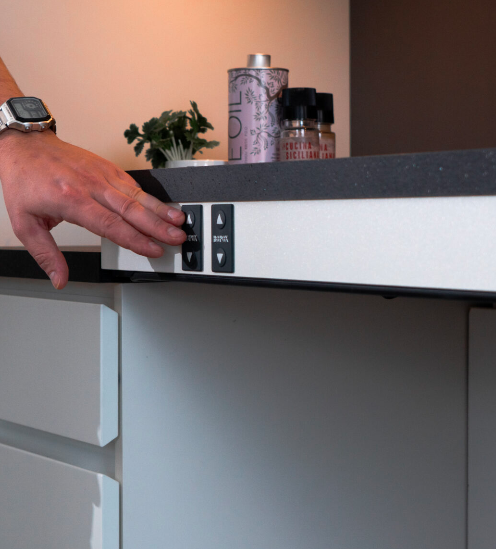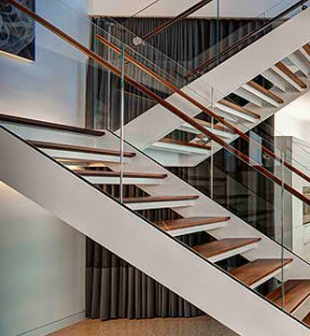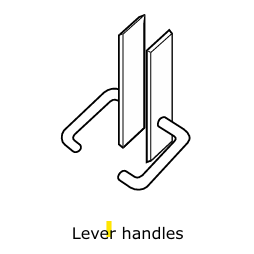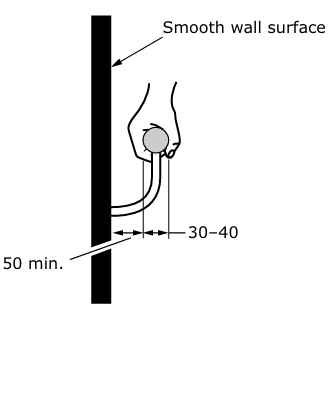Universal Design Principles and how they apply to home design
September 3, 2025
Application of universal design principles to home design helps to create living spaces that are accessible, usable, and adaptable for people of all ages, abilities, and sizes. It is about making homes function well for everyone, regardless of their physical or cognitive limitations. It allows for changing and future needs.
The 7 Universal Design Principles
1. Equitable Use
The design is useful and marketable to people with diverse abilities.

Use of wider doors throughout the home not only makes buildings more accessible for people of various size and abilities, it makes moving furniture easier too.
2. Flexibility in Use
The design accommodates a wide range of individual preferences and abilities.

An adjustable height counter or desk makes it usable by various people.
3. Simple and Intuitive Use
Use of the design is easy to understand, regardless of the user’s experience, knowledge, language skills, or current concentration level.

A simple paddle type switch is simple and intuitive to use without special knowledge.
4. Perceptible Information
The design communicates necessary information effectively to the user, regardless of ambient conditions or the user’s sensory abilities.

This high-contrast stair provides easy use by people with various sensory abilities and in low light levels.
5. Tolerance for Error
The design minimizes hazards and the adverse consequences of accidental or unintended actions.

This no-step front entry limits risk of injury due to tripping and falling and makes moving easy.
6. Low Physical Effort
The design can be used efficiently and comfortably and with minimum fatigue.

Use of level type door handles throughout makes doors easy to manage even when carrying something.
7. Size and Space for Approach and Use
Appropriate size and space are provided for approach, reach, manipulation, and use regardless of the user’s body size, posture, or mobility.

Making handrails graspable and with proper clearances reduces risk of injury due to falling.
Summary
By applying universal design principles to the design of dwelling units can make for a safer and more useable and adaptable living space for all occupants both now and in the future. AVE Consulting can help you design a fully barrier free dwelling unit or accessory apartment for your elderly parents or a family member with special needs. Alternatively, barrier free principles can be applied in whole or in part to make your new space more user friendly and adaptable for future needs such as ageing-in-place.

